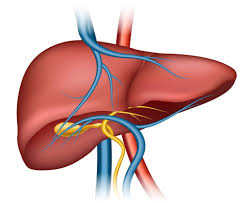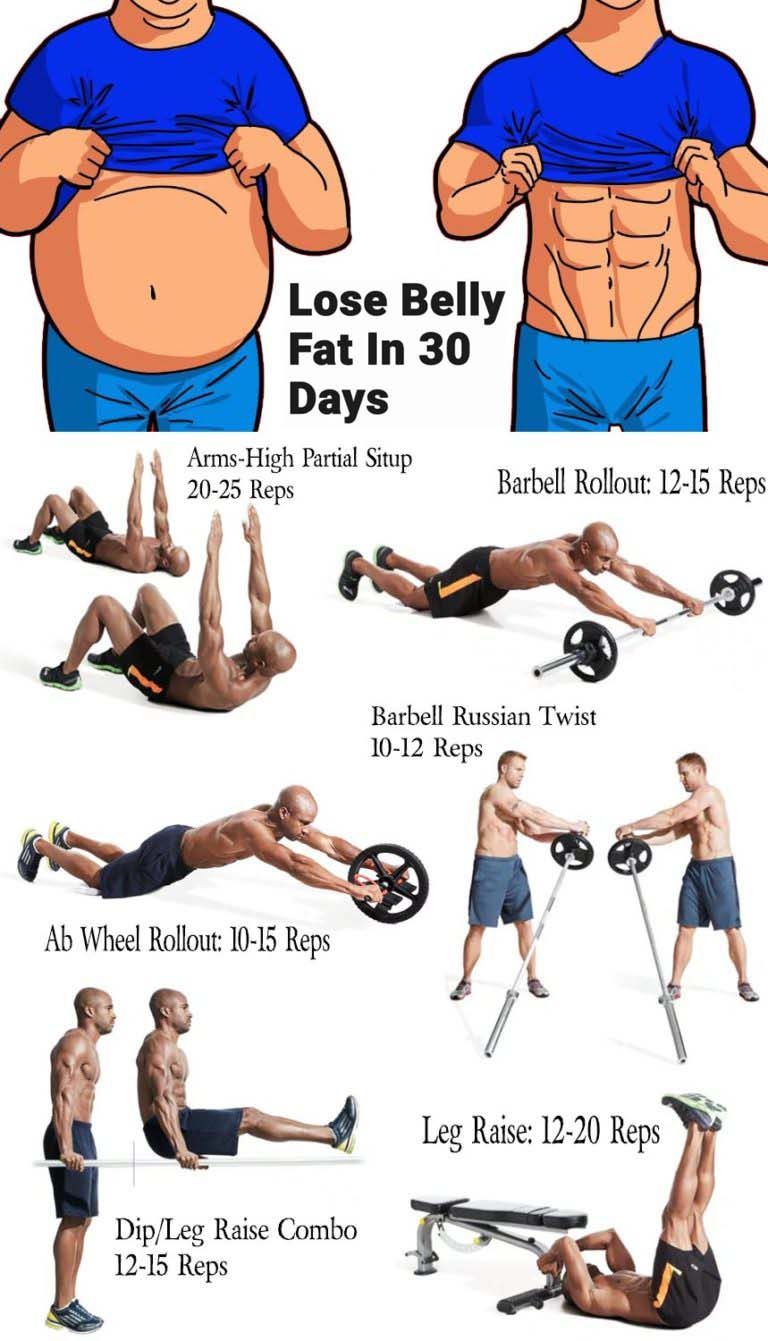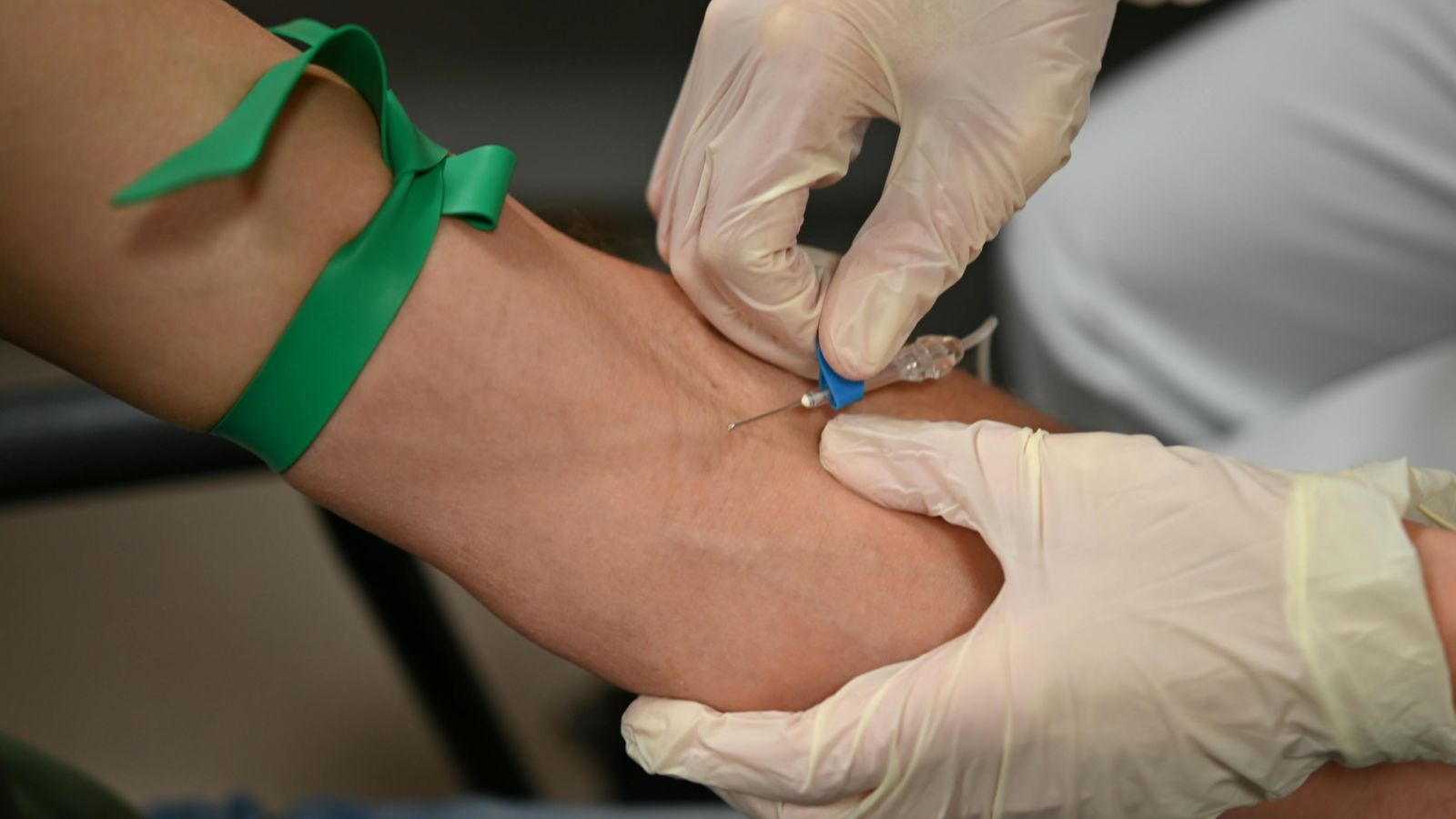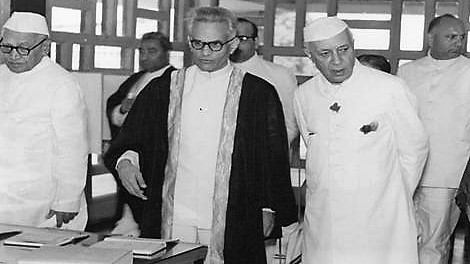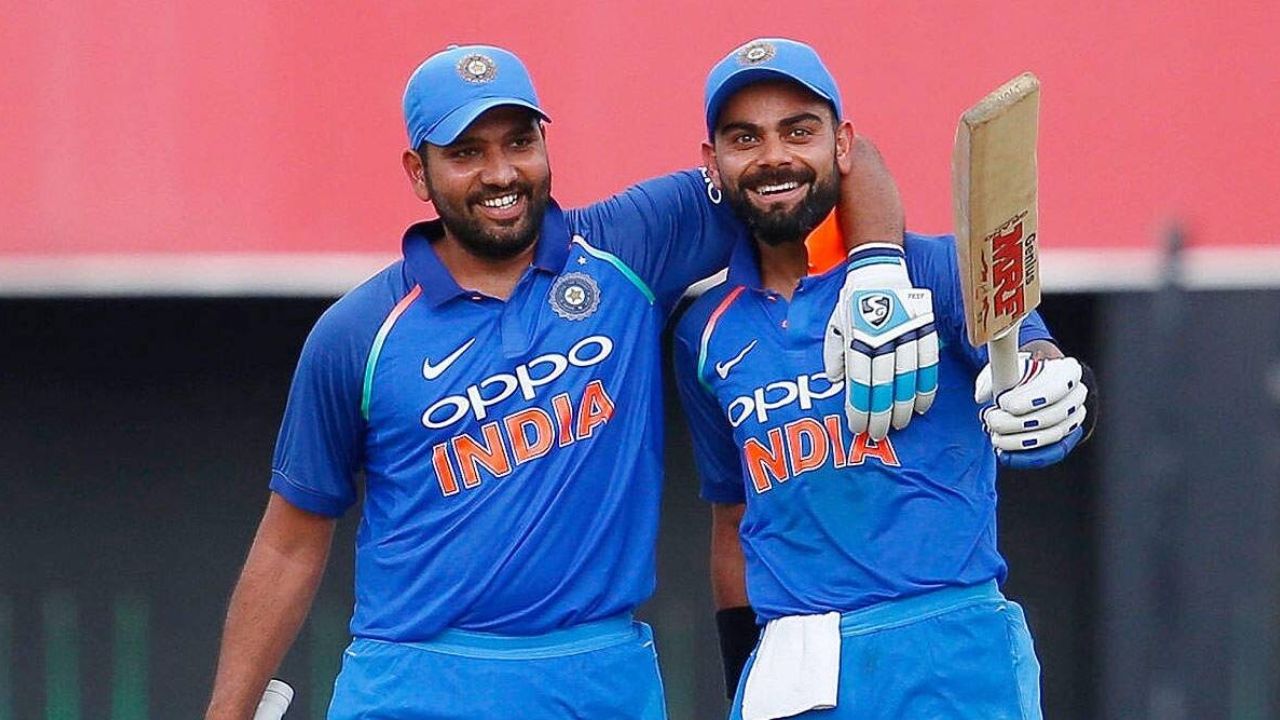Why We Are Losing Young Lives to Heart Disease — And How We Can Tackle It
- bykrish rathore
- 30 September, 2025

Heart disease, once considered a problem of middle age and beyond, is increasingly striking younger generations. Reports of cardiac arrests and heart attacks in people under 40 have become disturbingly common. This trend raises urgent questions: why are we losing young lives to heart disease, and what can we do to stop it?
The Alarming Rise of Heart Disease in the Young
Traditionally, heart disease was linked to aging. However, cardiologists now warn of a worrying increase in heart-related deaths among young adults, even those in their twenties and thirties. Lifestyle changes, urban stress, and environmental factors are pushing cardiac problems into a demographic once thought relatively safe.
Key Causes Behind the Crisis
Unhealthy Lifestyle Choices
Sedentary routines, junk food, smoking, alcohol, and substance abuse are accelerating risk factors for heart disease. Excessive screen time and lack of physical activity have weakened cardiovascular resilience in the younger population.
Stress and Mental Health
Chronic stress, long work hours, and academic or career pressures are major contributors. Stress hormones like cortisol and adrenaline can elevate blood pressure and damage arteries over time.
Obesity and Poor Diet
Diets rich in processed foods, sugar, and unhealthy fats are fueling obesity, diabetes, and cholesterol imbalances — all critical precursors to heart disease.
Genetic and Hereditary Factors
For some, family history plays a significant role. Genetic predispositions can trigger heart conditions earlier, especially if combined with unhealthy habits.
Substance Use and Steroid Abuse
Recreational drugs, performance-enhancing supplements, and unsupervised steroid use in gyms significantly heighten cardiac risks.
Delayed Diagnosis and Lack of Awareness
Symptoms like chest pain, breathlessness, or fatigue are often ignored or misattributed to stress. This delay in seeking medical attention often leads to tragic outcomes.
The Human Cost
The sudden collapse of a seemingly healthy young person not only devastates families but also affects society at large. Young adults are often breadwinners, innovators, and leaders in the making. Losing them to preventable heart disease is both a personal and collective tragedy.
How We Can Tackle the Problem
Promoting Early Awareness
Campaigns must highlight that heart disease is not limited to older adults. Awareness of warning signs — chest pain, dizziness, irregular heartbeat, and extreme fatigue — can save lives.
Routine Health Screenings
Annual checkups, ECGs, cholesterol tests, and blood pressure monitoring should become standard for young adults, particularly those with family history or lifestyle risks.
Encouraging Healthy Habits
Regular exercise, balanced diets, adequate sleep, and mindfulness practices can significantly reduce cardiac risk. Even small changes, like walking 30 minutes daily, can improve heart health.
Workplace and Institutional Support
Workplaces and educational institutions should promote stress management, provide healthier food options, and encourage physical activity to reduce risks in high-pressure environments.
Policy-Level Interventions
Governments can play a role by regulating misleading food advertising, taxing unhealthy products, ensuring stricter controls on supplements/steroids, and funding public health campaigns.
Harnessing Technology
Wearables and health apps can help monitor heart rate, sleep cycles, and physical activity. Telemedicine can make cardiology advice more accessible, especially in rural or underserved areas.
Building a Culture of Prevention
Tackling heart disease in the young requires a cultural shift — from reactive healthcare to preventive care. Families, schools, workplaces, and governments must collectively build environments that nurture healthy living. By normalizing routine checkups, balanced lifestyles, and open conversations about stress and health, we can create resilience against cardiac risks.
Conclusion
The rise of heart disease among young people is a wake-up call. It reflects a dangerous intersection of lifestyle, environment, and neglect of preventive health. But the tragedy is not inevitable. With awareness, timely intervention, and collective action, we can protect younger generations from becoming victims of a disease that is largely preventable. Every small change — choosing a healthier meal, managing stress better, exercising regularly — can mean the difference between life and premature death. The time to act is now.
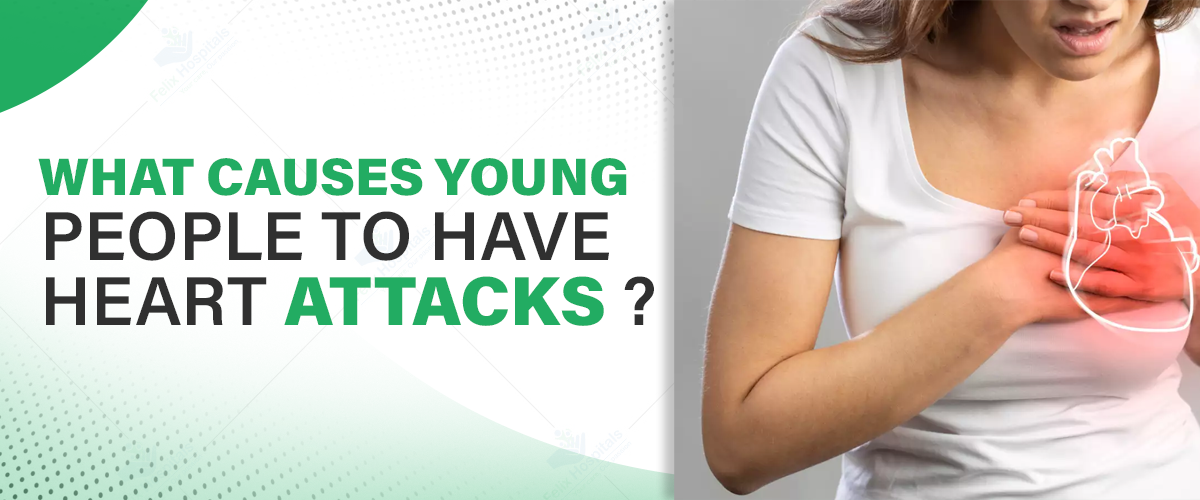
Note: Content and images are for informational use only. For any concerns, contact us at info@rajasthaninews.com.
40 के बाद शर्ट से बा...
Related Post
Hot Categories
Recent News
Daily Newsletter
Get all the top stories from Blogs to keep track.


